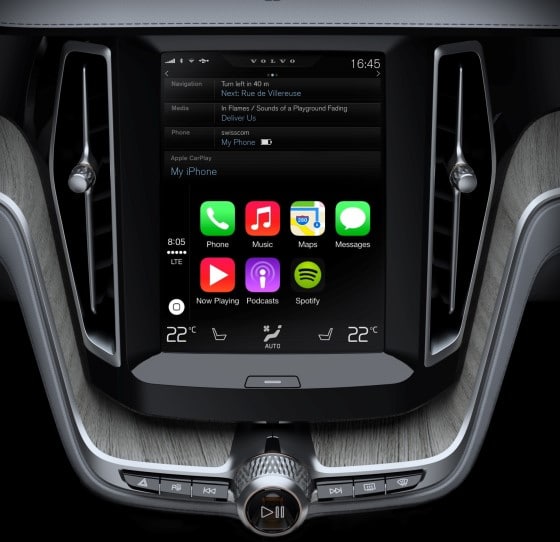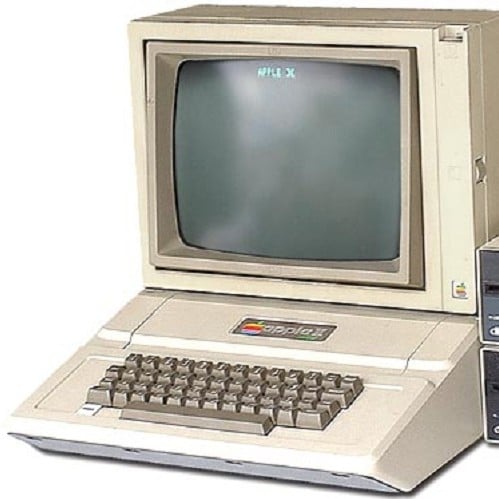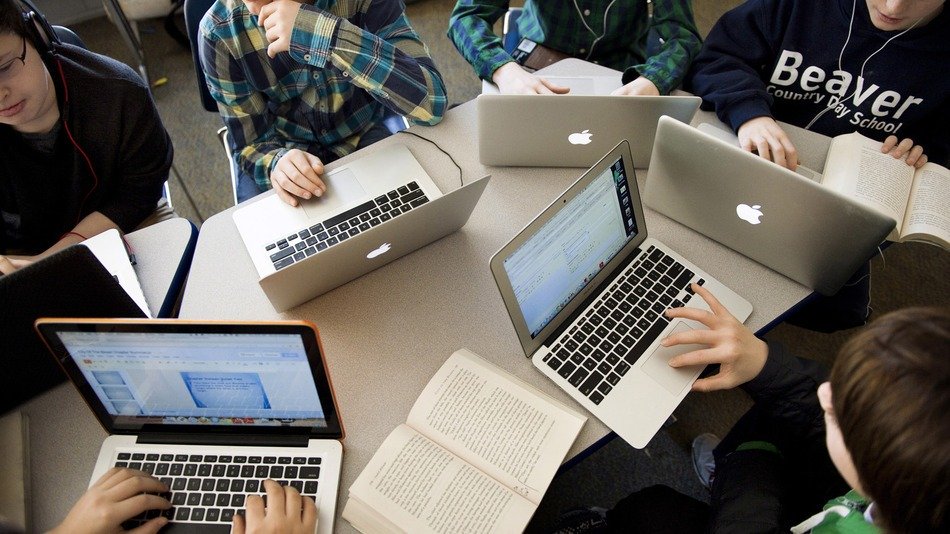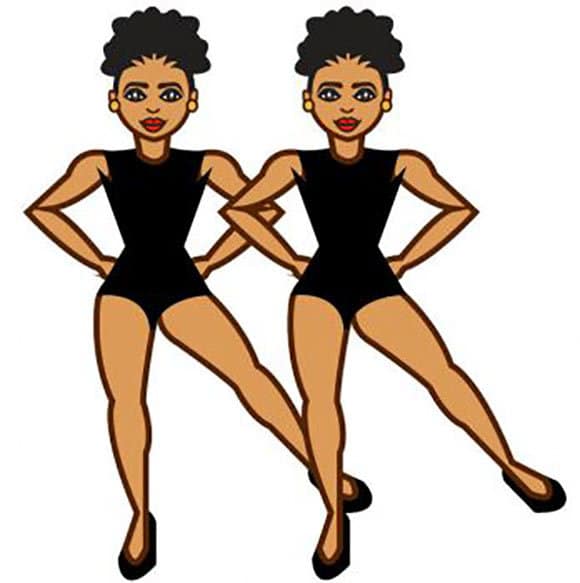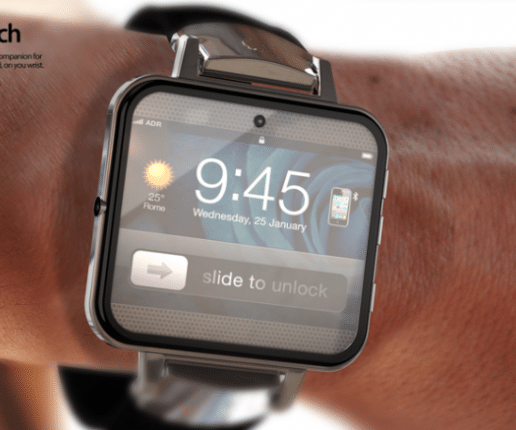Apple continues to be the forerunner of technological innovation. For those of you dreaming of having your own on-board computer in your car, Apple’s CarPlay is the closest thing to turning your car into a starship from Star Trek.
“CarPlay features Siri voice control and is specially designed for driving scenarios. It also works with your car’s controls — knobs, buttons or touchscreen. And the apps you want to use in the car have been reimagined, so you can use them while your eyes and hands stay where they belong,” according to Apple.
This system is available in only one make and model — the very expensive Ferrari FF. This is the first and only commercially available vehicle in the world with Apple CarPlay right now.
Earlier this year, Mercedes and Volvo were ready to deliver the same iPhone-compatible experience, but they were delayed into 2015.
Next year, the Volvo XC90 SUV and Mercedes-Benz C-Class will join Honda, Hyundai and Jaguar as models that will feature CarPlay.
More car manufacturers like BMW, Chevrolet, Ford, KIA, Land Rover, Mitsubishi, Nissan, Opel, Peugeot-Citroen, Subaru, Suzuki and Toyota will work on adding CarPlay.
Features
CarPlay allows you to use all your iPhone’s capabilities and features without touching it. Your music, navigation to your favorite stores, taking phone calls, reading and texting messages can be controlled without holding your phone.
You can even play your iTunes music, navigate Apple Maps and watch videos from your dash. In the future, Apple plans to allow third parties to build CarPlay compatibility into their own apps, making them available through the CarPlay system.
Ways to Use
One option you can use is the touchscreen display.
In the next year, some CarPlay cars will come with touchscreen displays made into the dashboard. Users can use this display to open and close apps using a very simple home screen. This is the most straightforward method of using CarPlay.
Another option you can use is iPhone’s Siri.
By using Siri, you can talk to your vehicle and tell it what to do. That does not mean autopilot. That includes selecting music from your library or requesting a playlist. You can also have your messages read out to you before you reply.
The third option is using your physical buttons, knobs and controls. The volume controls, track skip and other features are all integrated and will work.
As 2015 approaches, keep an eye out for this new feature from Apple.

